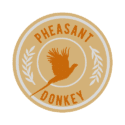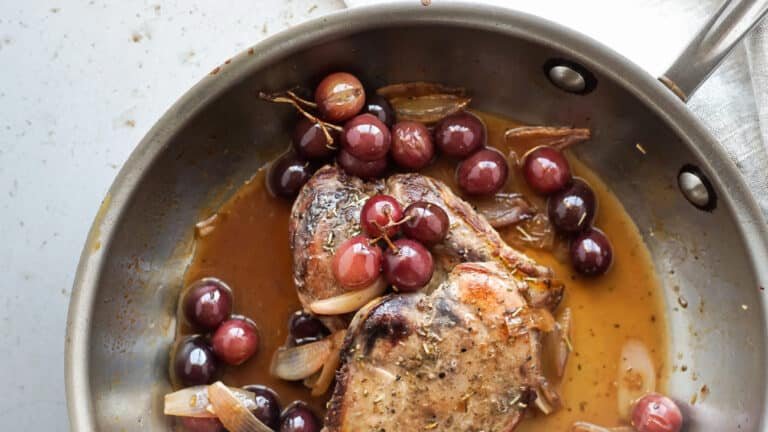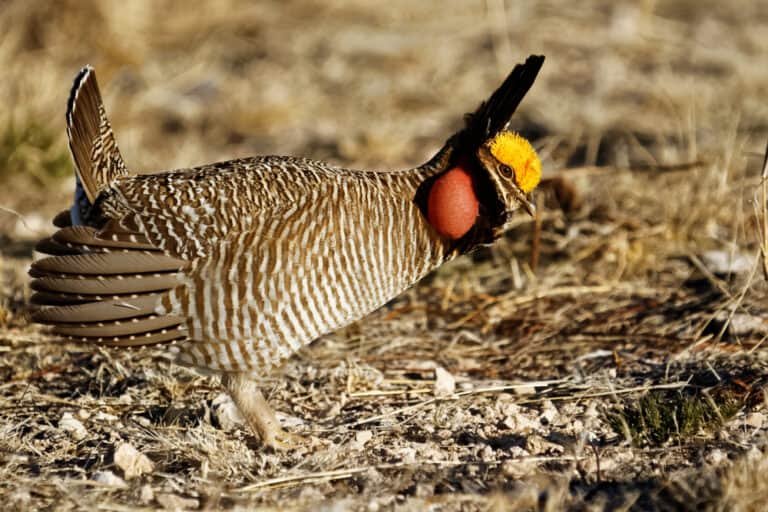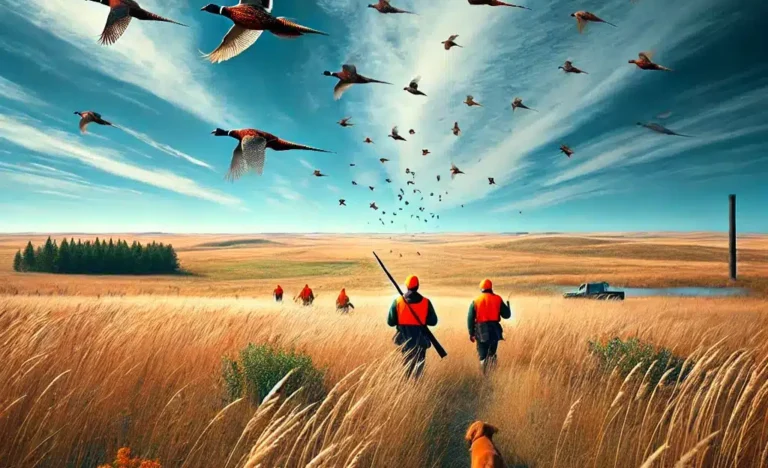Ultimate Pheasant Hunting Guide: 5 Tips to Harvest Birds
Ultimate pheasant hunting is not merely a recreational pursuit; it is an art form, a timeless endeavor that requires immense skill, patience, and a profound respect for nature.
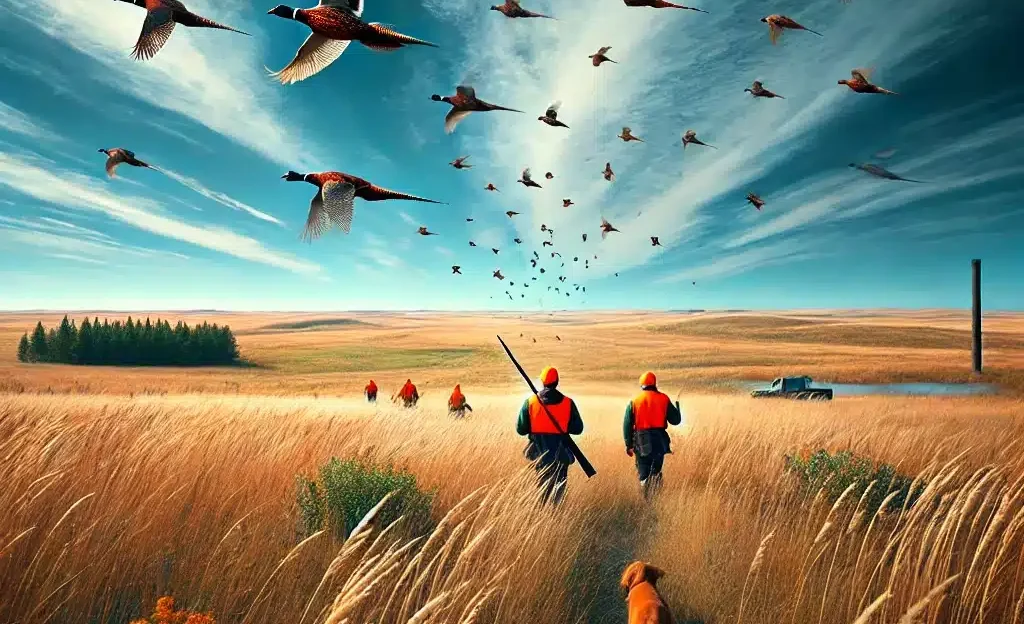
The ultimate pheasant hunting experience goes beyond the act of harvesting these magnificent game birds; it encompasses a deep understanding and appreciation of their biology, behavior, and habitat.
This pursuit demands an unwavering commitment to mastering the intricacies of pheasant hunting, ensuring that every encounter with these elusive creatures becomes an unforgettable adventure.
Ultimate Pheasant Hunting
Ultimate pheasant hunting can be described as the pinnacle of this noble sport. It involves pursuing pheasants and embracing the entire process with passion and reverence.
It goes beyond shooting birds flushed from cover; it entails immersing oneself in their world – studying their habits, anticipating their movements, and adapting one’s approach to match their elusive nature. Ultimate pheasant hunting is a holistic quest that embodies the physical pursuit and the intellectual appreciation of these remarkable creatures.
The Intricacies of Pheasant Hunting
To truly excel in pheasant hunting, one must delve into its intricacies. Familiarity with pheasants’ physical characteristics and behavioral patterns allows hunters to adapt their tactics accordingly. Understanding how these birds interact with their environment grants an advantage when selecting prime locations for an ultimate hunt.
Moreover, comprehending mating rituals and nesting habits aids in deciphering optimal times to engage in this pursuit. Weather conditions and migration patterns also play pivotal roles, allowing hunters to align perfectly with nature’s rhythms.
Ultimately, grasping these intricacies enriches the hunting experience by fostering a deeper connection with wildlife and wilderness. It transforms mere recreation into an intellectual endeavor rooted in knowledge acquisition, conservation, and an appreciation for the natural world.
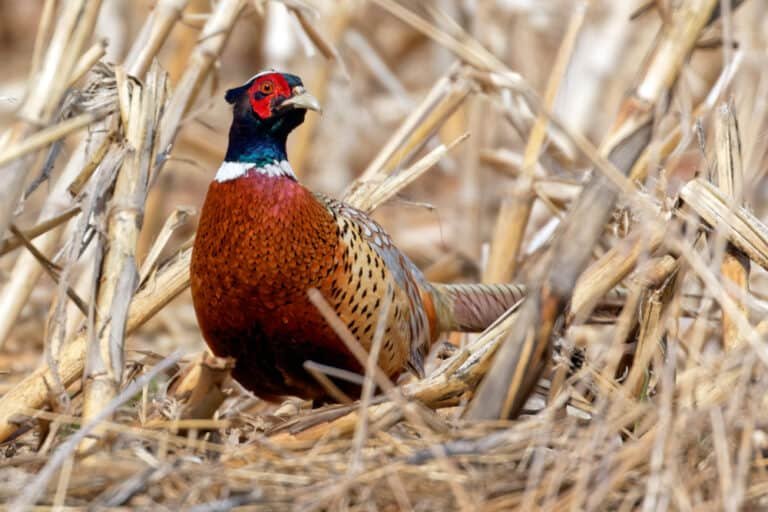
Description of Pheasants
Delving into the captivating world of pheasants, we encounter the magnificent Phasianus colchicus. These striking birds belong to the family Phasianidae and are native to Asia. Measuring around 70-90 cm in length, with males typically larger than females, pheasants possess a robust build and an impressive wingspan of approximately 80-85 cm. Their characteristic long, pointed tails add a touch of elegance to their appearance.
Physical Characteristics and Plumage Variations
Pheasants are renowned for their vibrant plumage, which varies significantly between sexes. Male pheasants showcase splendid colors—iridescent blues, greens, and reds—accentuated by intricate patterns that adorn their feathers.
In contrast, female pheasants exhibit more subdued plumage dominated by shades of brown and tan. These distinct visual cues serve multiple purposes: attracting mates and camouflaging during nesting or foraging activities.
Habitat Preferences and Distribution
Precise understanding of pheasant habitats is essential for successful hunting endeavors. Pheasants are highly adaptable creatures that thrive in diverse environments ranging from grasslands to agricultural fields, wetlands to woodlands.
Their distribution spans several continents, including Asia, Europe, North America, Australia, and New Zealand. Preferring areas with ample cover, such as dense vegetation or crop fields interspersed with hedgerows or ditches, pheasants seek out territories that protect from predators while offering easy access to food sources like seeds, insects, fruits, and grains.
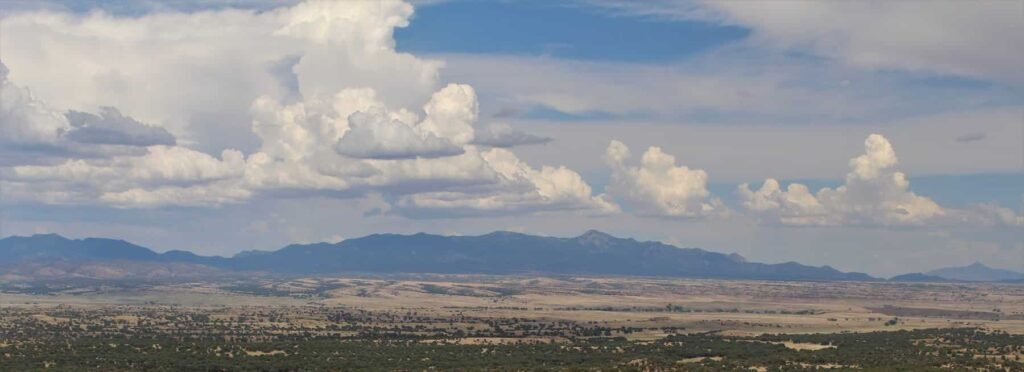
Behavioral Patterns and Social Structure
Mating Rituals and Courtship Displays
Pheasants engage in spectacular courtship displays as a means of attracting mates. These elaborate rituals involve a combination of visual displays, vocalizations, and physical movements.
Males vigorously fan their resplendent tails, arch their necks, strut confidently, and emit resonant calls to mesmerize potential mates. These ostentatious displays demonstrate vigor and genetic fitness and establish dominance hierarchies among male pheasants—often resulting in fierce competition for mating opportunities.
Nesting Habits and Brood Rearing
When it comes to nesting habits, female pheasants exhibit remarkable ingenuity. They construct ground nests nestled within tall grasses or under sheltered vegetation to protect them from predators. These nests are meticulously built using plant materials such as grass stems, leaves, and twigs.
After successful incubation lasting around 24-25 days, the female hatches a brood of adorable chicks. Pheasant mothers are highly attentive caregivers, guiding their young through the initial phases of life—teaching them crucial survival skills such as foraging techniques and evasive maneuvers for avoiding predators.
In understanding these remarkable aspects of pheasant biology and behavior—from their physical characteristics and plumage variations to their habitat preferences and social structures—we gain profound insights into ultimate pheasant hunting. Armed with this knowledge, hunters can better navigate the complexities that lie ahead in pursuit of these elusive game birds.
Planning for Ultimate Pheasant Hunting

Researching prime locations for pheasant hunting
To embark on the journey of ultimate pheasant hunting, one must first undertake thorough research to identify prime locations that are teeming these magnificent birds. Pheasants thrive in various habitats, and understanding their preferences is crucial. Agricultural fields, with their rich grain crops such as corn or soybeans, are often favored by pheasants due to the abundance of food and cover.
Grasslands provide excellent nesting grounds and ample space for these ground-dwelling birds to forage and roost. Wetlands also attract pheasants as they provide water sources and shelter nearby.
Exploring public hunting areas and private preserves
Once suitable habitats have been identified through research, exploring different avenues for pursuing ultimate pheasant hunting experiences is essential. Public hunting areas offer access to vast expanses of land where enthusiasts can test their skills against wild pheasants. These areas often require permits or licenses and may have specific regulations that need to be followed.
On the other hand, private preserves can provide a more controlled environment with managed bird populations specifically bred for hunting purposes. Guided hunts offer another enticing option whereby experienced professionals accompany hunters on carefully planned excursions, providing valuable insight into locating prime habitat areas and ensuring a successful hunt.
Choosing the right time to hunt
Timing is crucial when it comes to ultimate pheasant hunting. Understanding the pheasant season in your region is paramount as it dictates when it is legal to hunt these gamebirds without causing harm or disturbance during crucial breeding periods or vulnerable times of the year.
Additionally, considering weather conditions plays a significant role in determining optimal hunting opportunities. Cold fronts and mild temperatures can influence pheasant behavior, affecting their movement patterns and increasing the chances of successful hunting.
Migration patterns also play a vital role, as knowing when pheasants are arriving or leaving an area can provide valuable insight into planning hunts during peak activity periods. By meticulously researching prime locations, exploring different hunting options, and understanding the timing factors of the season and weather conditions, hunters seeking the ultimate pheasant hunting experience will greatly increase their chances of success.
These preparatory steps help maximize the enjoyment of the hunt and ensure sustainable practices that preserve these cherished gamebirds for future generations to appreciate.
Gear and Equipment
Firearms for Pheasant Hunting
Several factors must be considered when selecting the ideal firearm for pheasant hunting. Shotguns are the most common choice due to their versatility and effectiveness in hunting upland birds like pheasants. Gauge, barrel length, and choke options are crucial when deciding.
Gauge
The gauge refers to the bore diameter of a shotgun. For pheasant hunting, 12 gauge shotguns are widely preferred due to their ample power and versatility. They offer a good balance between recoil management and shot payload capacity, allowing for effective shooting across various ranges.
Barrel Length
Selecting an appropriate barrel length is essential, as it affects maneuverability and swing dynamics. Most hunters opt for barrels between 26 and 28 inches in length. Longer barrels provide better accuracy and enhanced swing control, while shorter ones offer increased maneuverability in tight cover situations.
Choke Options
Chokes modify the spread of shot pellets as they leave the barrel, impacting pattern density at different distances. For pheasant hunting, interchangeable chokes with varying constrictions (e.g., improved cylinder or modified) are commonly used. These allow hunters to adjust their patterns depending on different shooting scenarios encountered during hunts.
Ammunition Types
Selecting suitable ammunition is crucial for achieving optimal results in pheasant hunting. Different factors, such as shot size and load weight, need careful consideration based on the specific requirements of the hunt.
Shot Size
Recommended shot sizes typically range from #4 to #6 for pheasants, striking a balance between sufficient stopping power without excessive pellet damage. Smaller shot sizes offer more pellets per shell, while larger ones provide increased impact energy but fewer overall pellets.
Load Weight
Load weight refers to the total amount of shot within a shotgun shell. A load between 1¼ to 1⅜ ounces is commonly used for pheasant hunting. These loads offer effective range and penetration while minimizing recoil.
Understanding the local regulations regarding lead shot restrictions is also crucial. In areas where lead shot is prohibited, non-toxic alternatives like steel or bismuth shot should be utilized as they are environmentally friendly.
Clothing and Accessories
Proper attire and essential gear contribute significantly to a successful pheasant hunting experience. Clothing must provide functionality and camouflage capabilities to blend seamlessly with the surroundings.
Camo Clothing
Opting for camouflage clothing that matches the natural environment is key to remaining undetected by wary pheasants. Consider selecting patterns that mimic the vegetation in your hunting area—such as grassland or marsh patterns—to help you blend in effectively during various seasons.
Essential Gear
Alongside appropriate clothing choices, certain gear items are indispensable for pheasant hunters. Sturdy boots provide comfort and protection in rugged terrains while offering ample traction for navigating uneven surfaces. Gloves help maintain dexterity and protect hands from cold weather conditions or sharp vegetation encountered during hunts. Additionally, a hat not only shields against weather elements but also aids in hiding from the keen eyesight of pheasants.
Furthermore, wearing eye protection (glasses) safeguards against potential hazards like stray pellets, while ear protection (earplugs or earmuffs) minimizes damage caused by repeated firearm discharges. By carefully considering these factors when selecting gear and equipment for ultimate pheasant hunting, hunters can enhance their experience while maximizing their chances of success in pursuing this majestic upland game bird.
Pre-hunt Preparations
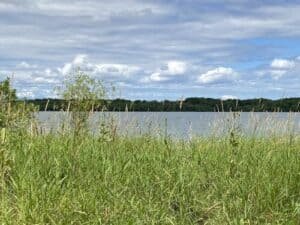
Scouting techniques to locate potential hunting spots
Before embarking on an ultimate pheasant hunting adventure, avid hunters understand the significance of scouting. Scouting is a critical preliminary step that allows hunters to familiarize themselves with the terrain and identify potential areas where pheasants are likely to be found.
One effective scouting technique is observing the behavior of pheasants during non-hunting times. Avid hunters spend time in the field, carefully observing these splendid game birds’ movement patterns, feeding habits, and preferred roosting locations.
This information can prove invaluable when selecting hunting spots. Another efficient technique for locating pheasant hotspots is interacting with local farmers and landowners who have firsthand knowledge of their pheasant populations.
These individuals can provide valuable insights into which areas are hosting higher numbers of birds during specific times of the year. By leveraging their expertise, hunters can access private property or discover hidden gems within public hunting areas that may have been overlooked.
Strategizing based on terrain features
Understanding how terrain features influence pheasant behavior is essential for developing successful hunting strategies. One crucial factor to consider is cover crops, such as dense grasses or shrubs, that provide shelter and protection for pheasants against predators and inclement weather conditions. Hunters should scout areas with thick vegetative cover adjacent to open fields as they are prime locations for finding roosting or nesting sites.
Additionally, water sources play a significant role in attracting and sustaining pheasants throughout various seasons. Rivers, streams, ponds, or even irrigation ditches provide hydration and an ideal habitat for insects and vegetation vital to a pheasant’s diet.
Savvy hunters recognize this dependence on water sources and strategically plan their hunts around these areas. They increase their chances of encountering pheasants by positioning themselves near water features.
Studying wind direction to plan effective approaches
Understanding wind patterns and their impact on scent dispersal is paramount for a successful pheasant hunt. Pheasants have a keen sense of smell, and any trace of human odor can alert them to danger long before a hunter even realizes they are nearby.
Therefore, studying wind direction and planning approaches accordingly is crucial. Hunters typically prefer to approach pheasant habitat with the wind in their face.
This technique allows scent molecules to be carried away from the birds, minimizing the likelihood of detection. By keeping the wind at their advantage, hunters can stealthily move through cover crops or grasslands with reduced risk of alerting pheasants.
In situations where the wind direction cannot be perfectly controlled, such as when hunting in hilly terrain or dense forests, additional strategies might come into play. Hunters may use topographic features or natural barriers to manipulate airflow and minimize scent dispersion toward potential targets.
Overall, pre-hunt preparations involving scouting techniques, strategizing based on terrain features like cover crops or water sources, and studying wind direction are integral to a successful ultimate pheasant hunting experience. By researching potential hunting spots, understanding how key elements impact pheasant behavior, and utilizing knowledge about scent dispersal, hunters can significantly enhance their chances of bagging these majestic game birds.
Conclusion

Elevating the Hunting Experience
Ultimate pheasant hunting demands dedication, skill, and a deep understanding of the fascinating world of these majestic birds. By immersing themselves in the intricacies of pheasant behavior, selecting prime locations and timing hunts strategically, investing in the right gear and equipment, and making thorough pre-hunt preparations, hunters can elevate their experience to new heights. This comprehensive approach enhances the chances of a successful hunt and allows enthusiasts to forge a profound connection with nature.
A Legacy Worth Preserving
Pheasant hunting has long been regarded as more than just a recreational pursuit; it is an important tradition deeply rooted in our cultural heritage. Hunters must prioritize conservation efforts and sustainable practices as stewards of this legacy. By adhering to bag limits, respecting wildlife management regulations, supporting habitat restoration projects, and engaging in ethical hunting practices such as fair chase principles, we can ensure the preservation of pheasant populations for generations to come.
An Optimistic Outlook
Ultimate pheasant hunting is an art form that encompasses both skillful technique and a profound appreciation for nature’s wonders. By embracing the challenges it presents while maintaining respect for wildlife and habitats, hunters contribute not only to their enjoyment but also to the overall conservation efforts taking place around them.
So, let us embark on this journey with enthusiasm and reverence for these magnificent creatures – may they continue to grace our fields with their vibrant plumage and fill our lives with unforgettable memories. Happy hunting!
